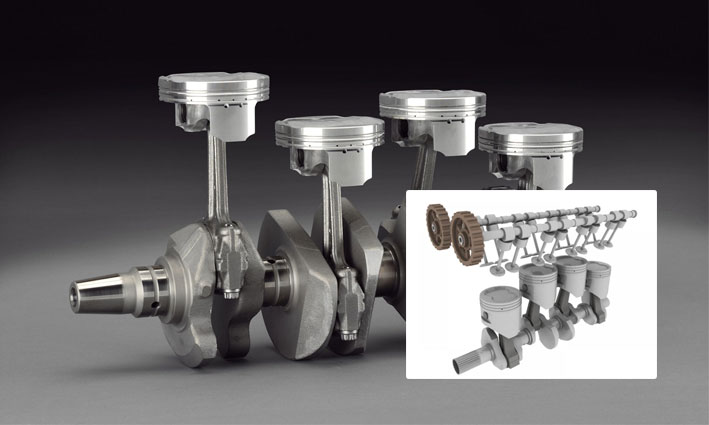The article discusses advancements in low cycle fatigue analysis for an electric motor's rotor, focusing on a new method implemented in the FEMFAT software. Traditional methods have limitations in accurately predicting material plasticization due to a lack of consideration for the sequence of load peaks, which can affect component lifespan.
The new approach involves calculating Neuber elastoplastic stresses at each time point, allowing for a more precise evaluation of how load sequences influence fatigue life. It distinguishes between isotropic and kinematic hardening in materials, explaining their effects on stress and plastic deformation. To improve analysis efficiency, the PLAST method in FEMFAT streamlines calculations by fitting a kinematic hardening model to the material's stress-strain curve and utilizing stress rearrangement techniques. This method significantly reduces computation time—by about 25 times—while maintaining accuracy, as demonstrated in case studies of rotor plates.
Finally, the article emphasizes the importance of load sequence in damage outcomes, showing that high load peaks early in a loading history can positively affect subsequent cycles. Overall, the new FEMFAT PLAST method enhances the reliability of fatigue life predictions for high-stress applications.

CASE STUDY
This type of highly-defined model provides valuable outputs: the contact analysis provides detailed information about the pressure and friction between the parts, which is useful for estimating wear
automotive multibody recurdyn